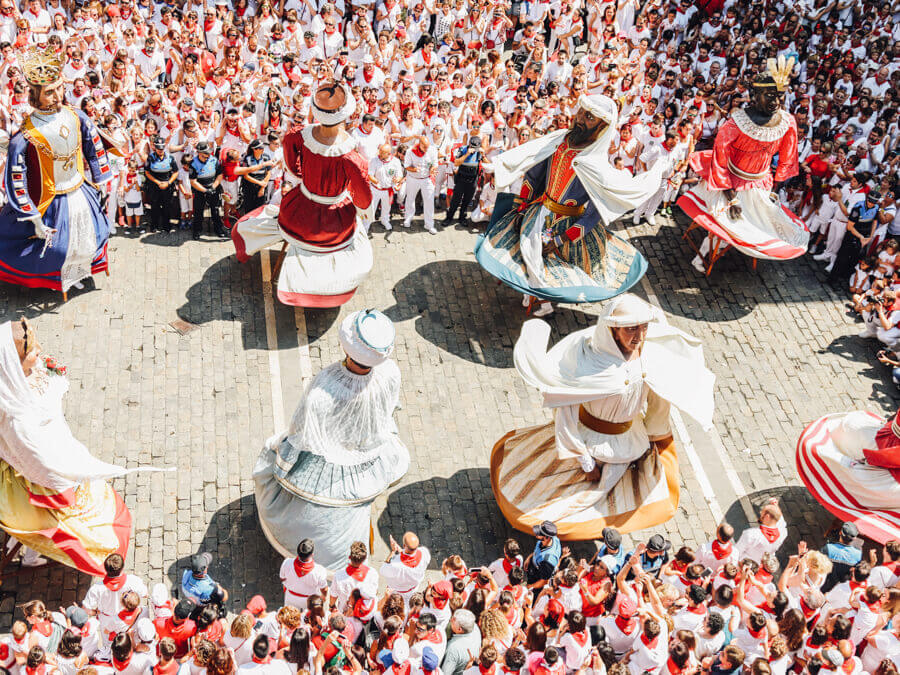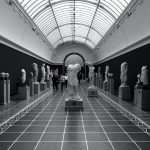Since the dawn of human civilization, art has been an essential component of rituals and ceremonies. It is a strong vehicle for expression and connection that goes beyond just visual appeal. Art embodies symbolism, tradition, and spiritual value in rituals, profoundly impacting social norms. This article dives into the many facets of art’s involvement in diverse ceremonial occasions. It evaluates how art crosses the physical and spiritual realms, enhancing and defining both practices. Art’s presence at ceremonies illustrates the broad spectrum of human creativity and belief, from traditional practices to contemporary events.
Historical Perspective
Historically, art acted as a bridge between the ordinary and the holy in rites and joyous occasions. Ancient civilizations such as the Egyptians, Greeks, and Mayans employed sculptures, paintings, and architecture to bring their mythology, gods, and mystical practices to life. These exceptional original works transcended mere decorations, serving as essential components of religious and cultural rites, often believed to possess heavenly power.
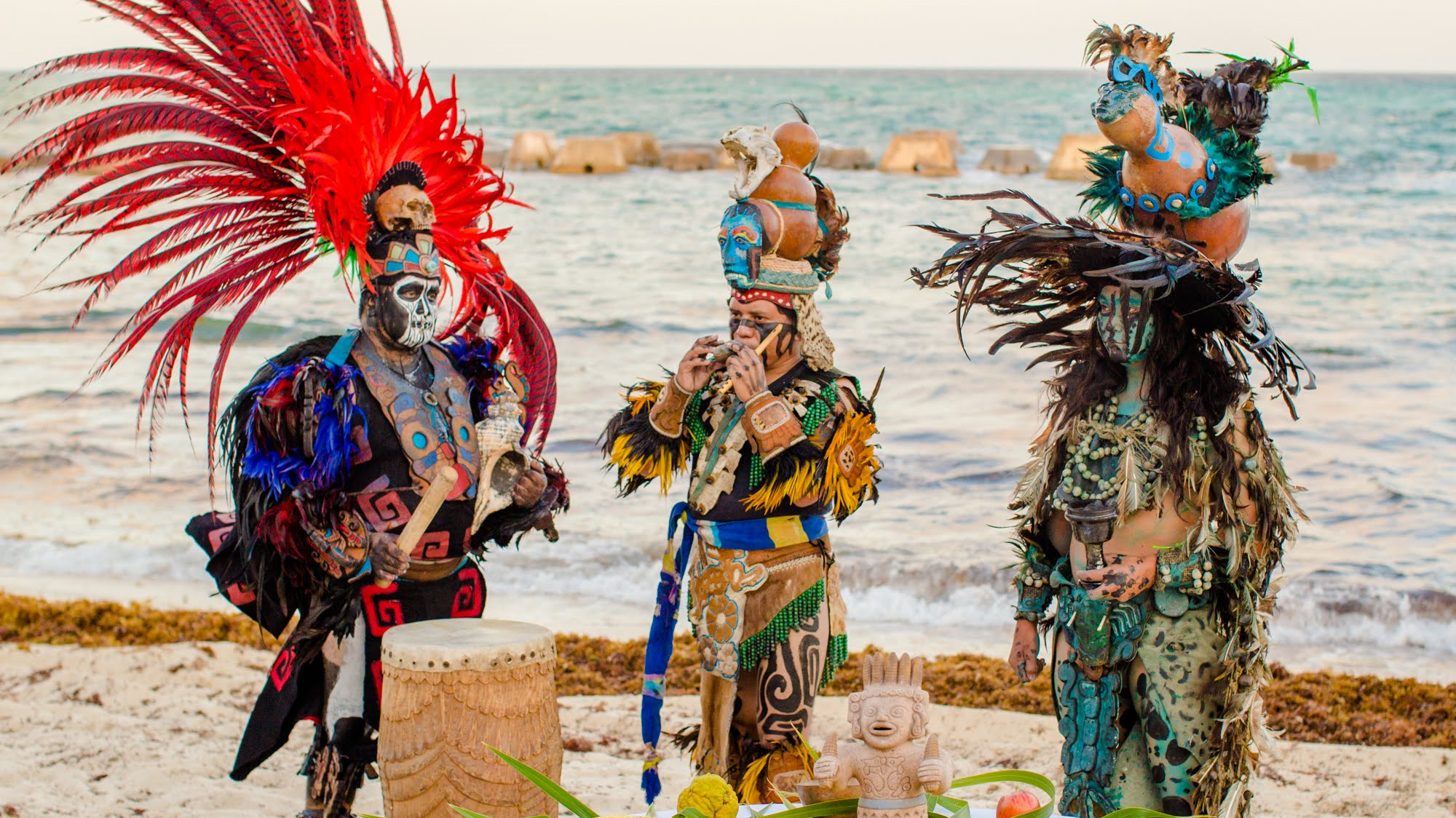
Symbolism and Representation
Art is frequently used in rituals to convey profound significance. Each aspect bears unique meanings and intents, whether it’s the complex patterns of Native American sand paintings or the elaborately decorated masks used in African tribal rites. These symbols function as their own language, transmitting data and narratives that are important to the ceremony’s purpose.
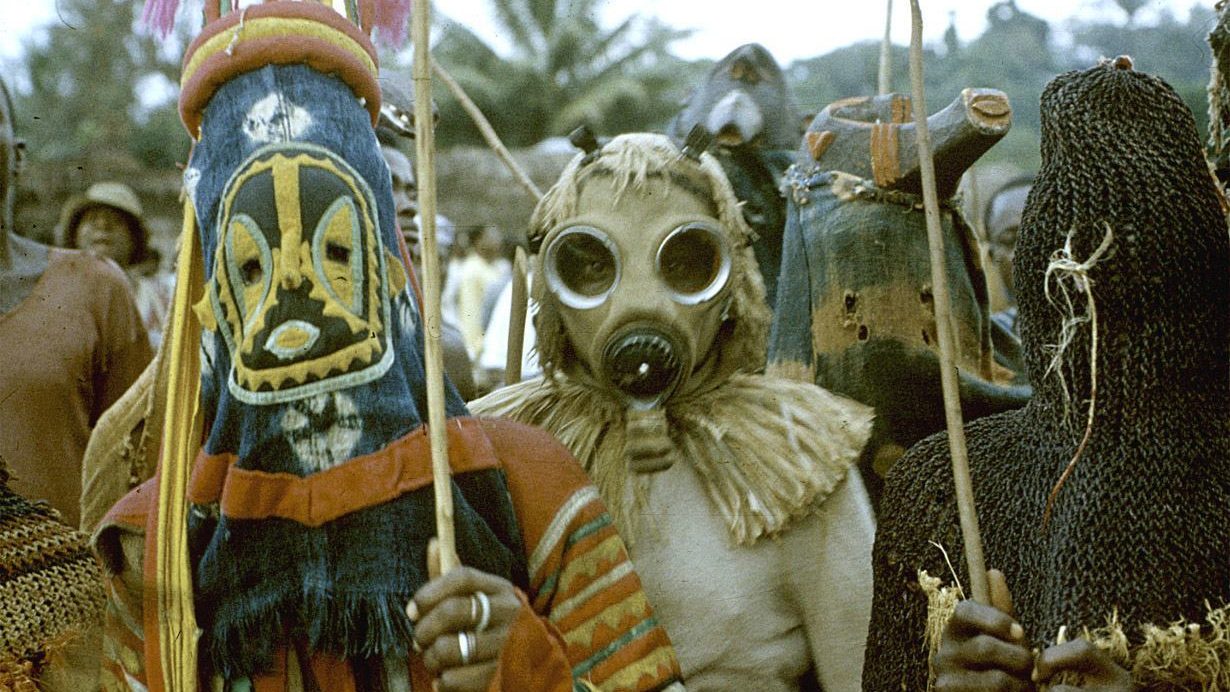
Art as a Means of Connection
Frequently, art in ceremonies links people to their community, ancestors, or spiritual beings. Dance and music, for example, are vital in many indigenous societies’ ceremonies for interacting with ancestral spirits. Similarly, many different religions use holy music, chanting, and visual art in religious ceremonies to develop a deeper connection with the divine.
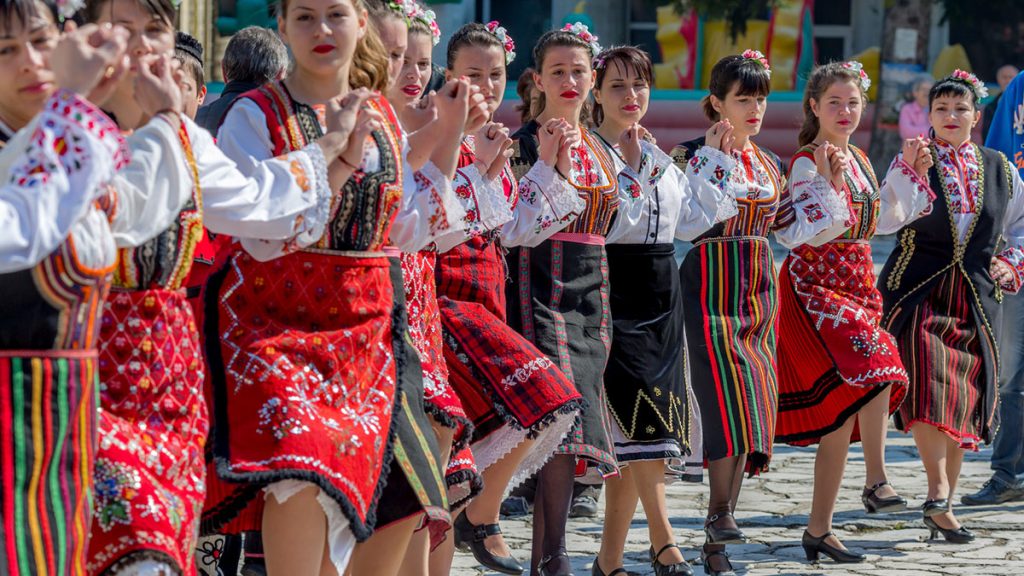
Art in Modern Rituals
The symbolic value of art in rituals and ceremonies continues to grow in modern civilization. Photography and videography, for example, are crucial components of modern weddings in order to record and preserve memories. Public rituals often feature artist installations or spectacles, which enhance the community’s experience by adding layers of significance.
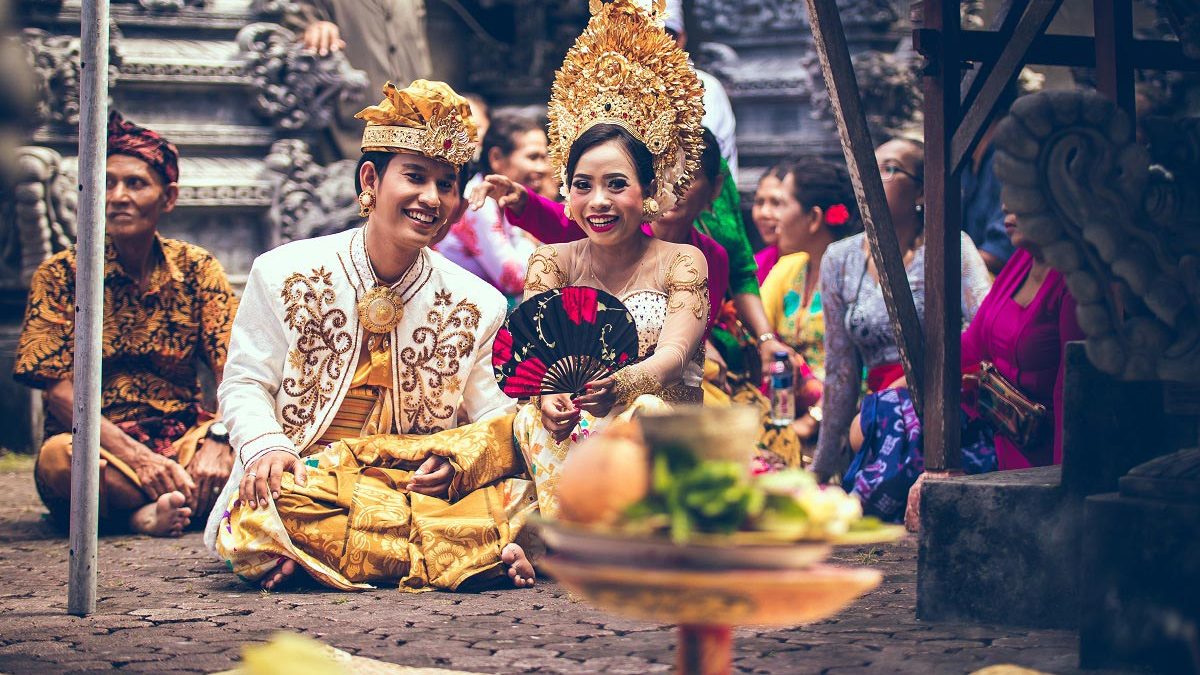
Therapeutic and Healing Roles
Art may also be therapeutic and revitalizing in some ways. Painting or crafting for a ritual, as an example, is viewed as a mindful exercise in many cultures that aids recovery and letting go of emotions. This portion emphasizes art’s transformational influence in both personal and community ceremonies.
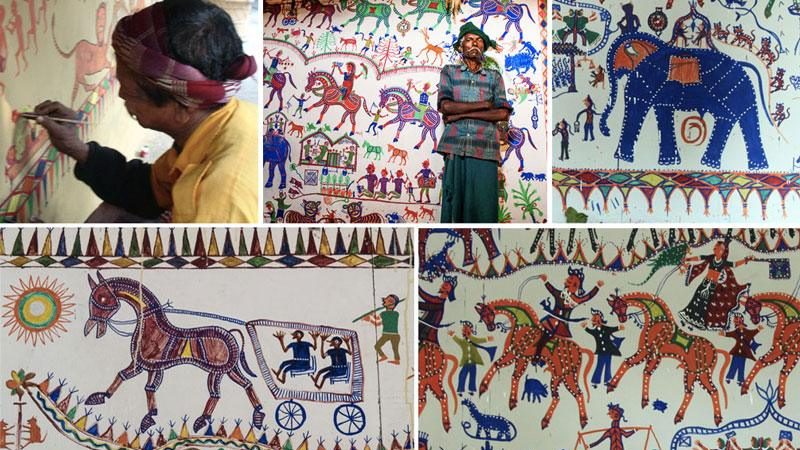
Challenges and Preservation
Despite its crucial nature, the function of art in rituals is fraught with obstacles, particularly in conserving ancient forms. Some historical creative techniques have declined as a result of globalization and technological progress. These art forms must be preserved since they are cultural and historical treasures.
Ultimately, art in rituals and ceremonies serves as a vital vehicle for expression and connection, transcending simply aesthetic worth. It links the physical and spiritual worlds, embodying profound cultural and religious importance. Art expresses complicated tales and values that are essential to a community’s identity through symbols. It continues to evolve in current circumstances, responding to new demands while retaining its original core. The survival of these artistic traditions is critical for cultural continuity and awareness. Thus, art in rituals remains a powerful witness to human ingenuity and its massive effect on communal rites and ceremonies.

